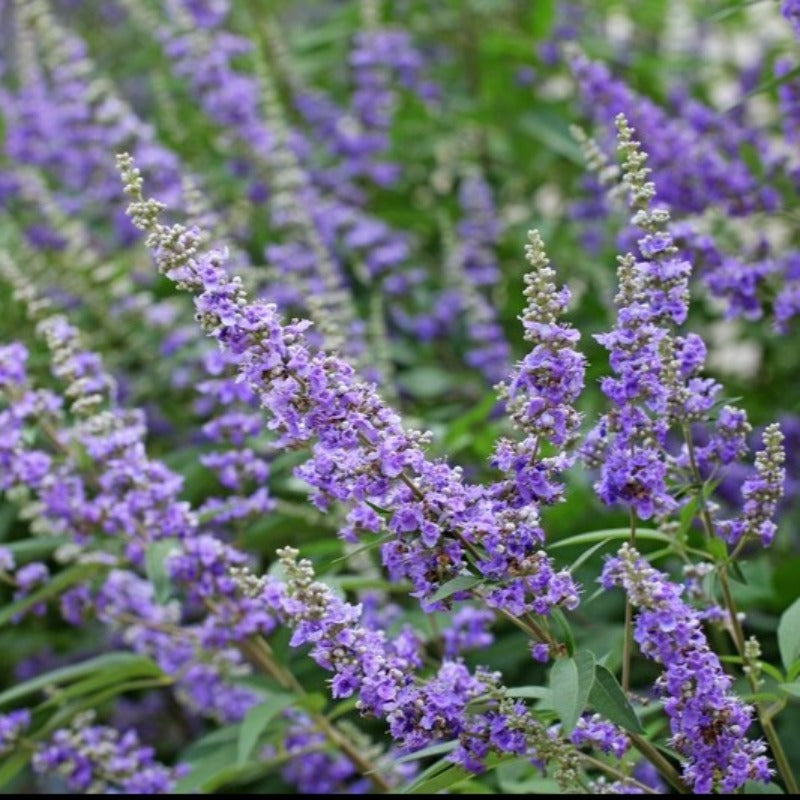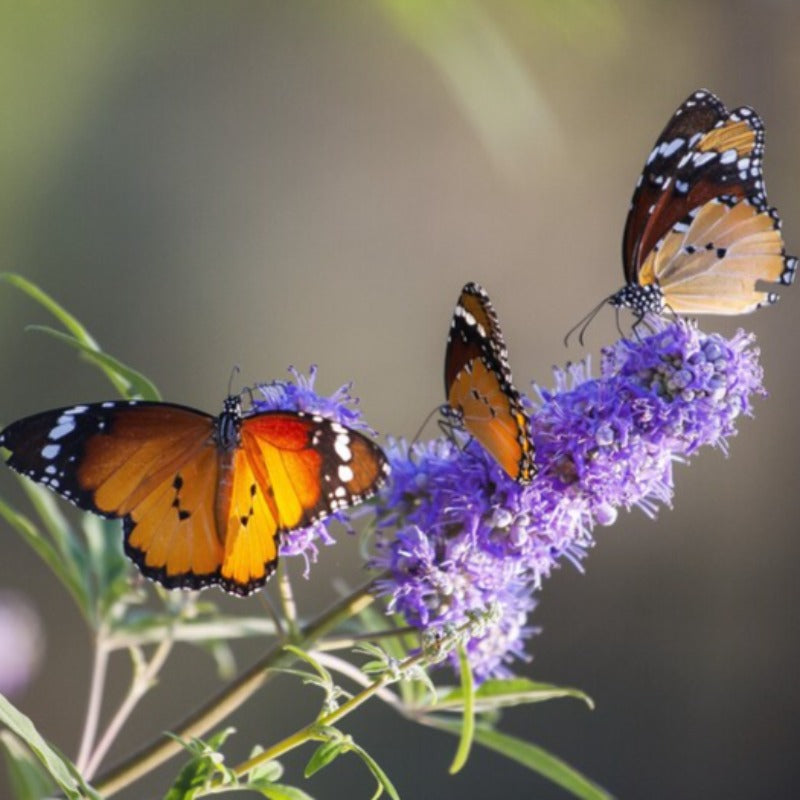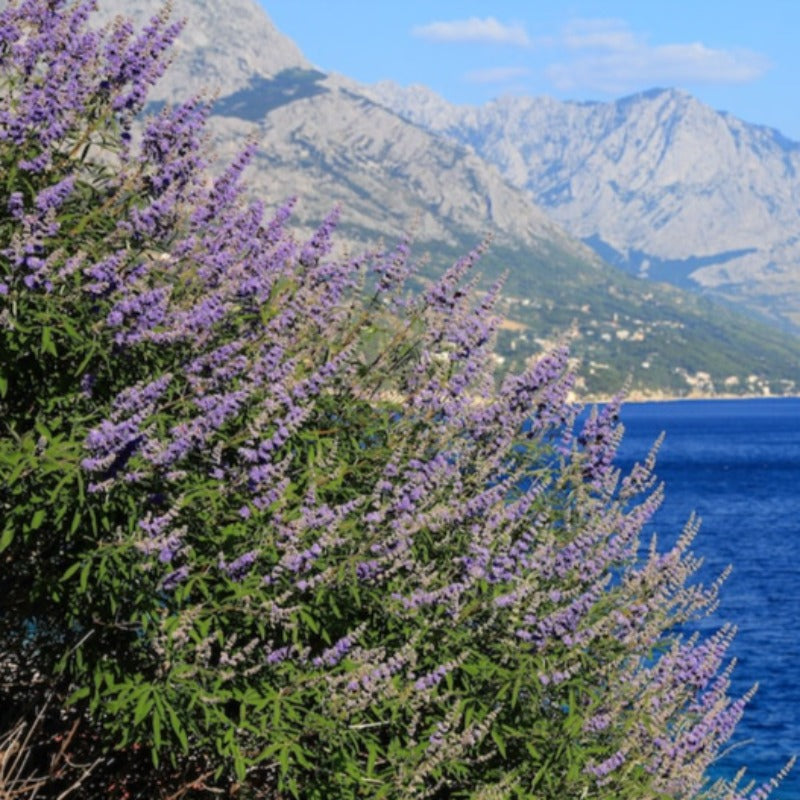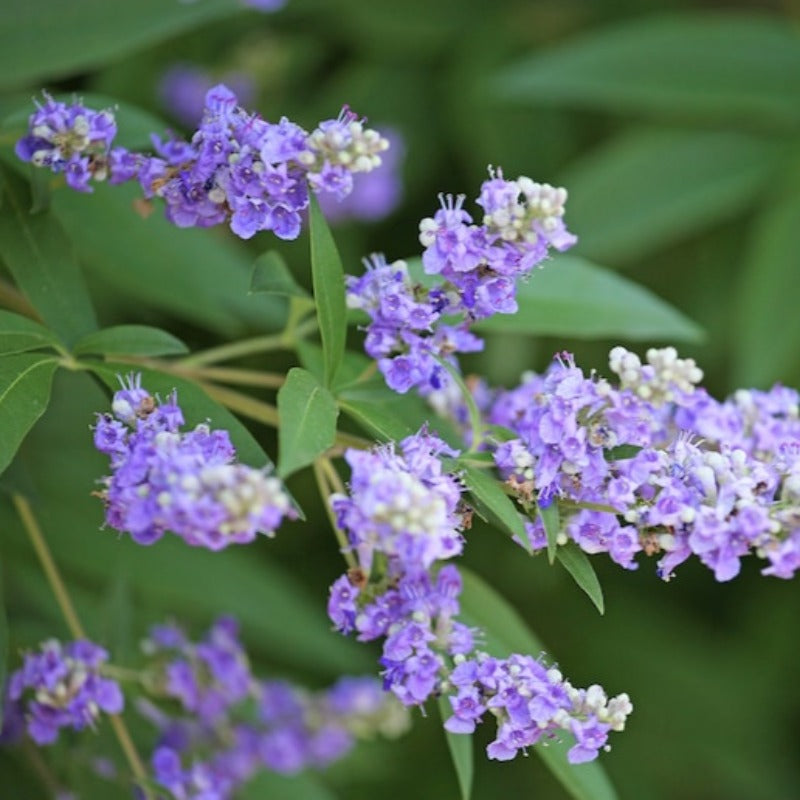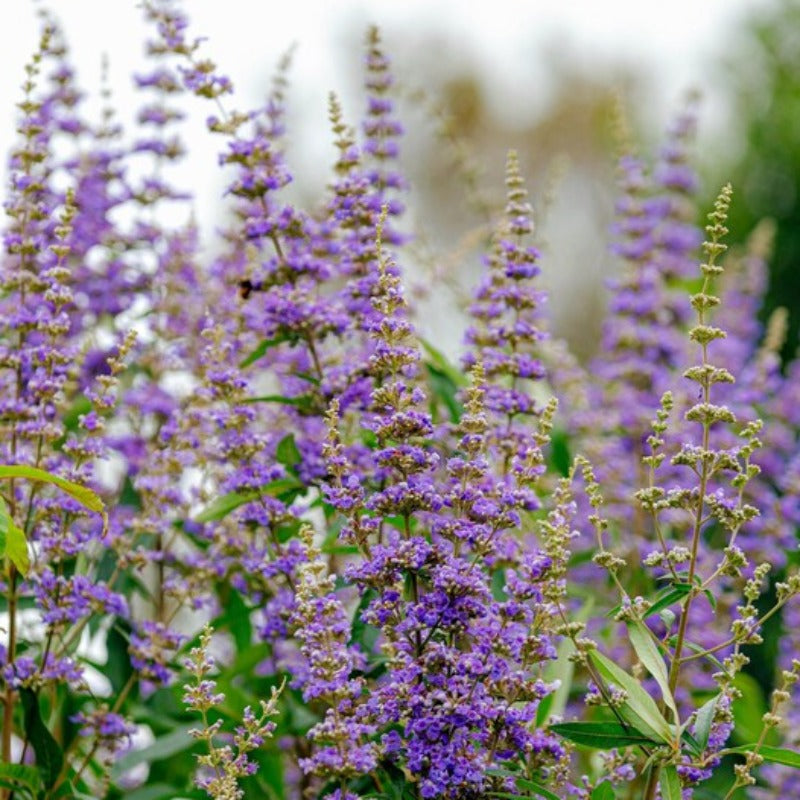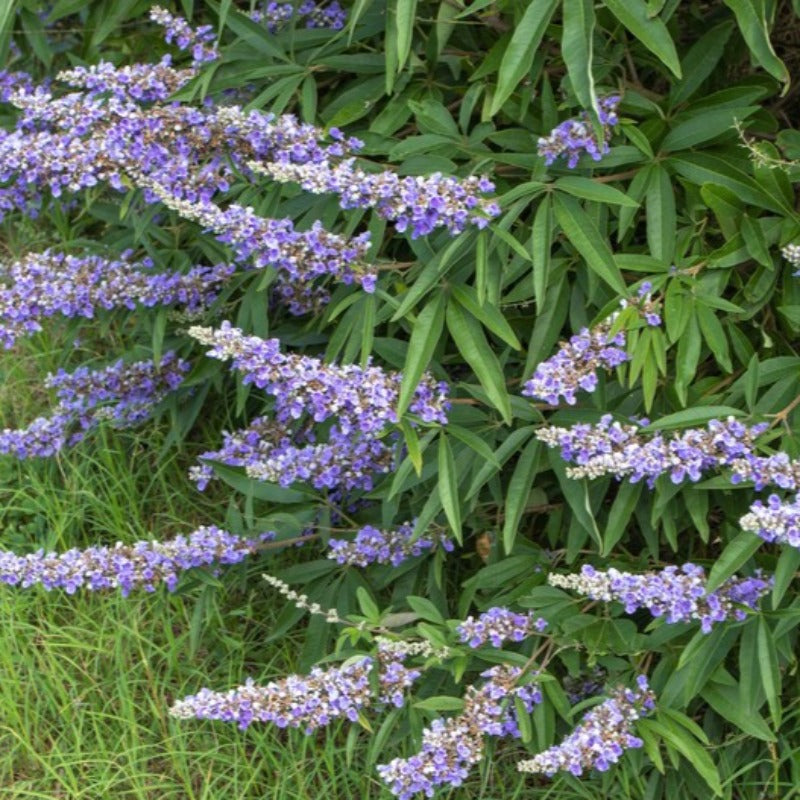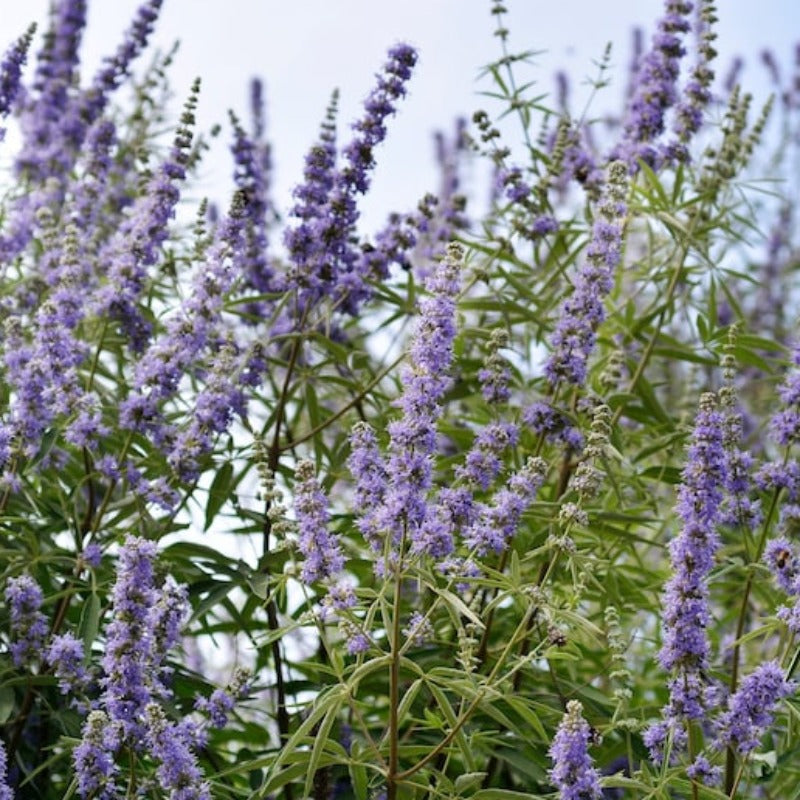- Historical context: The Chaste Berry Tree, also known as Vitex agnus-castus, has been used for centuries in traditional medicine and is often associated with ancient Greek and Roman cultures.
- Geographical origination: The Chaste Berry Tree is native to the Mediterranean region, including Southern Europe and Western Asia.
- Relevant cultural significance: In ancient times, the Chaste Berry Tree was believed to promote chastity and was used by monks, hence the name 'Monk's Pepper.' It was also used in various religious and cultural rituals.
- Time period of discovery: The use of Chaste Berry Tree dates back to ancient Greece, around the 4th century BC.
- Original habitat: The tree typically grows in riverbanks, coastal areas, and other moist environments in its native regions.
- Notable historical uses: Historically, the seeds and berries were used to treat a variety of ailments, including hormonal imbalances, menstrual disorders, and as an anaphrodisiac.
- Ideal temperature range: The Chaste Berry Tree thrives in warm climates with temperatures ranging from 60°F to 85°F (15°C to 29°C).
- Soil type: It prefers well-drained, sandy or loamy soils with a neutral to slightly alkaline pH.
- Sunlight requirements: Full sun is ideal for optimal growth, although it can tolerate partial shade.
- Watering needs: Moderate watering is required, especially during dry periods. The tree is drought-tolerant once established.
- Planting season: Spring is the best time to plant Chaste Berry Tree seeds.
- Germination time: Seeds typically germinate within 2 to 4 weeks under optimal conditions.
- Growth cycle duration: The tree can take several years to reach maturity, with flowering occurring in the second or third year.
- Common pests and diseases: Common pests include aphids and spider mites. Diseases such as root rot can occur in poorly drained soils.
- Companion planting advice: Chaste Berry Trees can be planted alongside other drought-tolerant plants like lavender and rosemary.
- Common challenges and solutions: Challenges include overwatering and poor drainage. Ensure proper soil conditions and avoid excessive watering to prevent root rot.
- Nutritional values: Chaste berries contain flavonoids, essential oils, and iridoid glycosides, which contribute to their medicinal properties.
- Health benefits: The seeds are known for their ability to balance hormones, alleviate symptoms of PMS and menopause, and support reproductive health.
- Culinary uses: While not commonly used in modern cuisine, the seeds were historically used as a pepper substitute.
- Medicinal uses: Chaste Berry Tree seeds are widely used in herbal medicine to treat hormonal imbalances, menstrual disorders, and to support overall reproductive health.
- Other unique advantages: The tree is also valued for its ornamental properties, with attractive lavender-blue flowers that attract pollinators like bees and butterflies.
